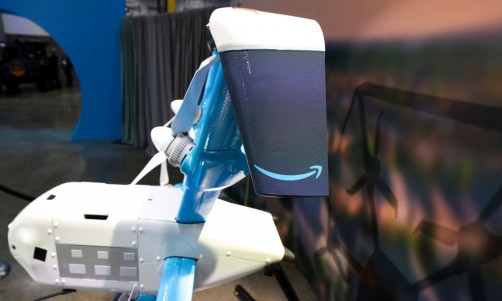Since the last century dinosaur fossils have been studied. Dinosaurs hold a fascination for many people as they represent some of the largest land creatures to have lived. Now more might be known about dinosaurs as a fossilized dinosaur brain tissue is analyzed for the first time.
The fossilized dinosaur brain tissue is the first ever to be found. This fossilized specimen has been found in Sussex. When it was first found more than a decade ago, it resembled that of an unassuming brown pebble.
One of the interesting features of the fossilized brain tissue is that it resembles more that of a bird and crocodile. The brain tissue even has some details on it. The tough tissue surrounding the brain as well as tiny capillaries have been preserved well enough to be studied.
Fossil hunter Jamie Hiscocks first found the fossilized dinosaur brain tissue in Sussex in 2004. He found it while looking for fossils around the area. Brain tissue fossil is rare since it is soft tissue, and most soft tissues do not fossilize.
"The chances of preserving brain tissue are incredibly small, so the discovery of this specimen is astounding," remarked study co-author Dr. Alex Liu of Cambridge University's Department of Earth Sciences. He was one of Professor Martin Brassier's PhD students at Oxford University when the study began, according to Science Daily. The study is in Professor Brassier's honor, who died in 2014.
Dr. David Norman from the University of Cambridge coordinated the study along with Brassier before the latter's death. As he stated, the dinosaur likely died with its head under the water. The head was the buried in sediment, which then began to preserve it over the years.
The fossilized brain tissue has been scanned with the help of colleagues from the University of Western Australia. Through them the fossil was scanned using scanning electron microscope (SEM) to identify its parts, as the University of Cambridge's site reports. Parts of the brain as well as blood vessels have been identified through it.
The researchers have not speculated about the dinosaur's intelligence based on the fossilized brain. Dr. Norman said that lobes of the brain can't be seen, so it isn't easy to know how large the brain was. He did state that it could be the first of many discoveries.
The fossilized dinosaur brain tissue most likely came from the same or related species to the Iguanodon, a large herbivore dinosaur. With the fossilized dinosaur brain analyzed for the first time, scientists hope to gain more understanding of how they lived. Earlier a fossilized fish has given clues as to how animal jaws have been formed.













